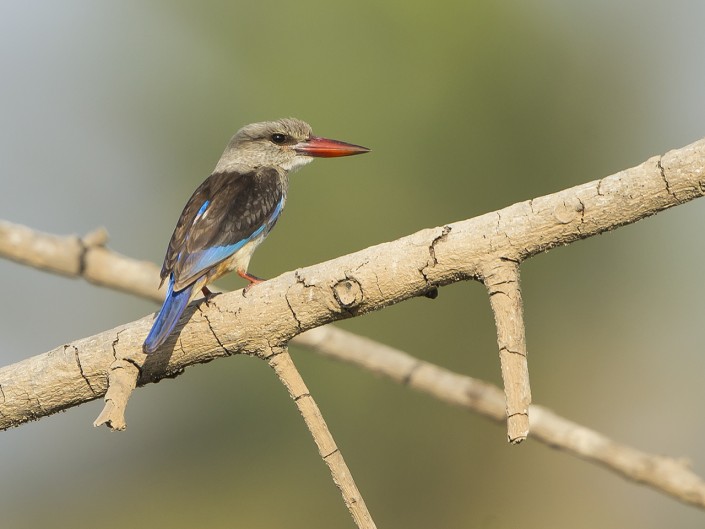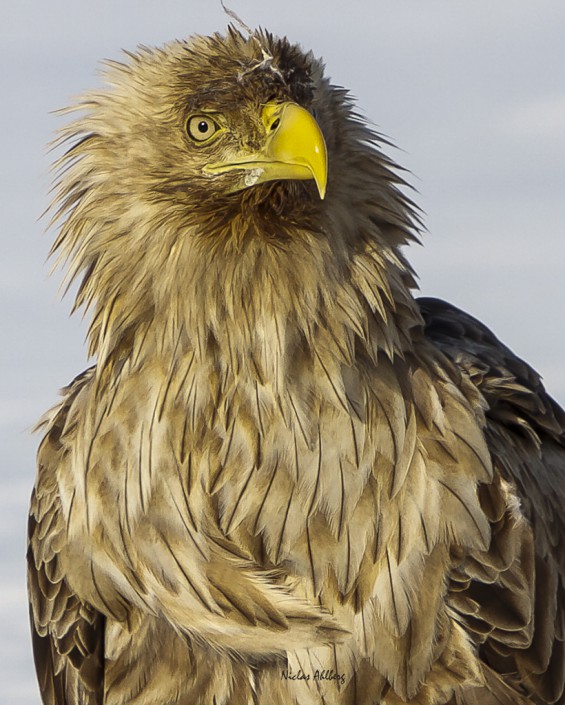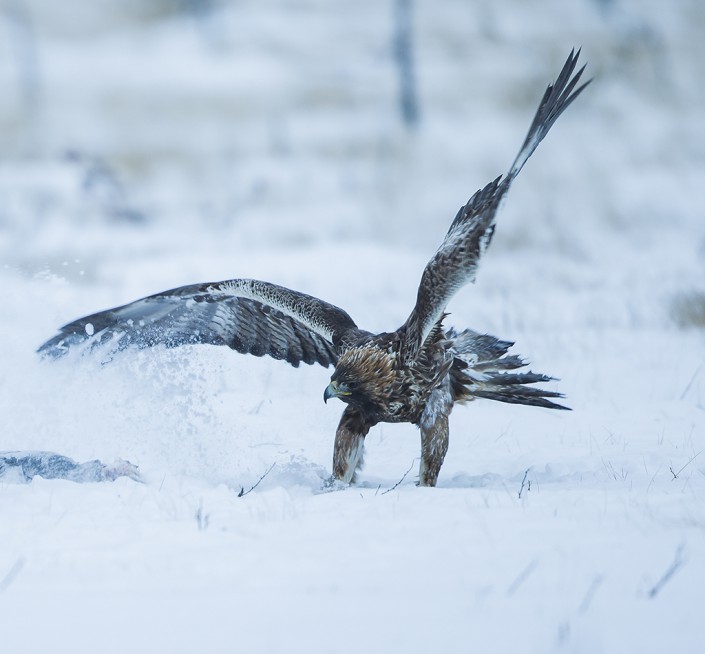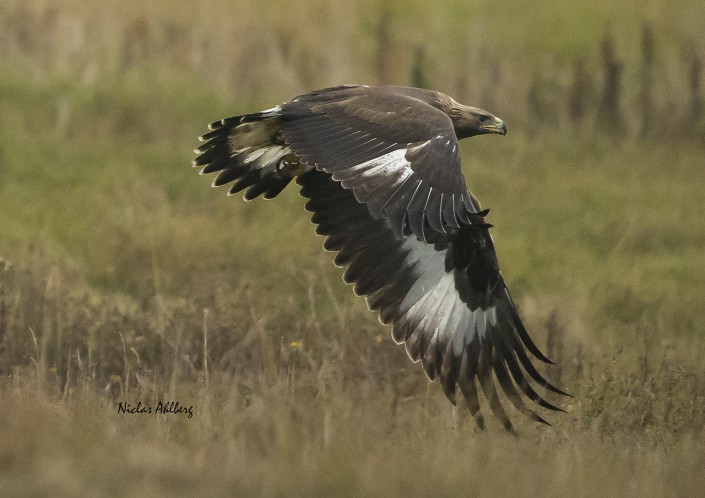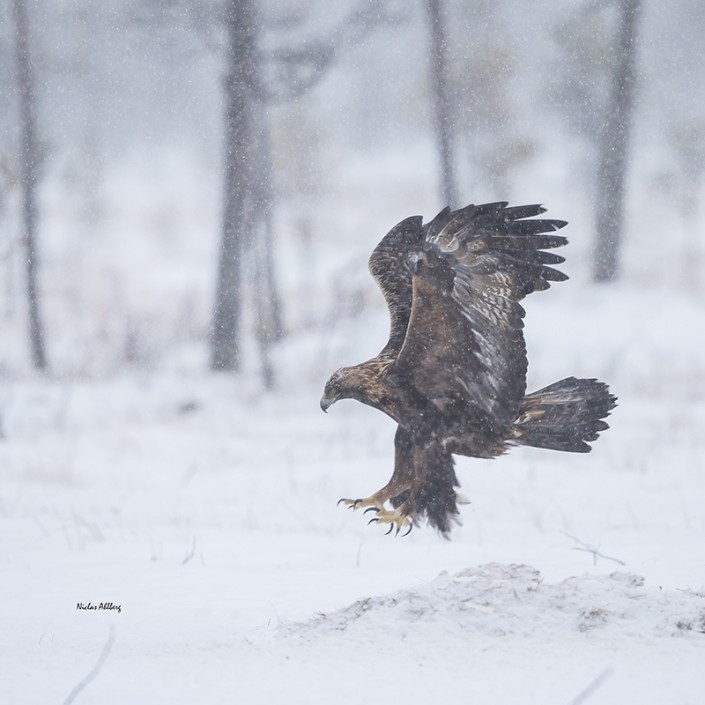This post is also available in: Swedish
Eurasian pygmy owl – Glaucidium passerinum
The Eurasian pygmy owl – Glaucidium passerinum
is the smallest owl in Europe. It is a dark reddish to greyish-brown, with spotted sides and half of a white ring around the back of the neck. This species is found in the boreal forests of Northern and Central Europe to Siberia.
This is a sedentary species, meaning that adults are resident throughout the year in its range. The exception may be during harsh winters, when the adults may move south. Young of the species usually move in autumn or winter.
This owl can be found primarily in coniferous forests of the taiga and higher mountainous regions with coniferous and mixed forests. These areas generally have cooler temperatures and higher rainfall than nearby lowland regions. The owl usually lives along the edges of clearings surrounded by moist or swampy land, generally with a water source nearby. It nests in old woodpecker holes, often those of the great spotted woodpecker.
The diet of the Eurasian pygmy owl includes mostly small mammals, such as voles, lemmings, bats, and mice, and small birds such as thrushes, crossbills, chaffinches, and leaf-warblers. They are able to catch birds in flight. Other prey items may include lizards, fish, and insects. The owl may store food during the winter.
It sounds like this
Recording by Jarek Matusiak from Xeno canto






